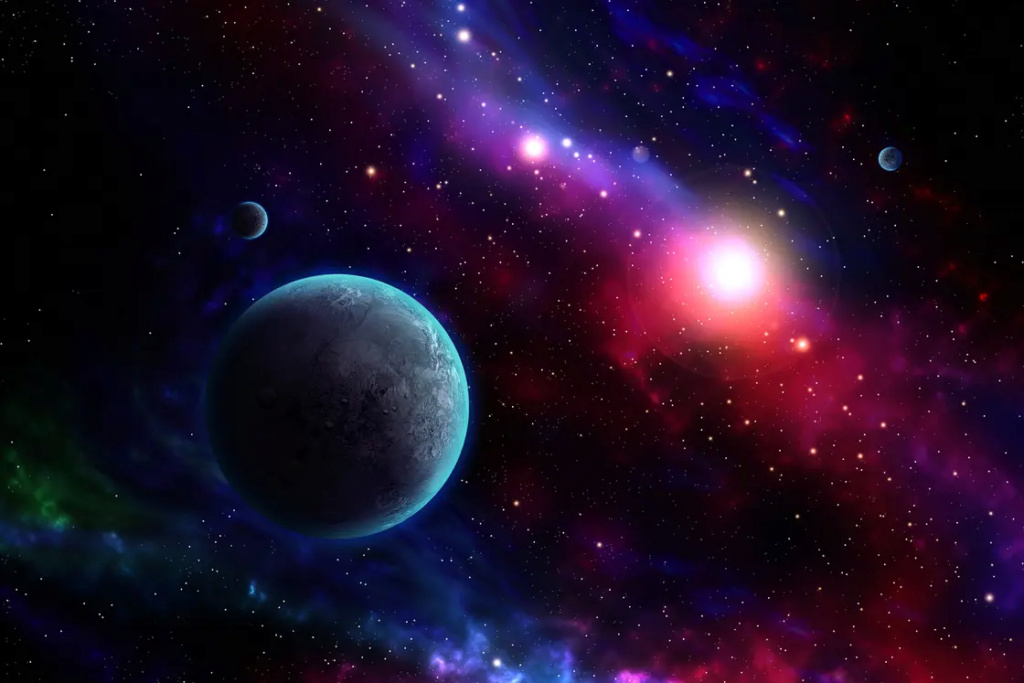!Something baffled scientists.. the existence of two planets under formation in a young star system

Astronomers announced finding evidence revealing the existence of two planets under formation in a young star system about 200 light-years away from Earth, something that baffled scientists.
Scientists detected two shadows in a disk of gas and dust surrounding the TW Hydrae star system, a red dwarf star less than 10 million years old. Two smaller disks are believed to lie within this star system.
Red dwarfs are the smallest, less than half the mass of the Sun, and the most common type of star in the Milky Way.
The two discs are also believed to be evidence of a pair of planets in the making.

Scientists said the findings, published in the Astrophysical Journal, give insight into how Earth and the other planets in the solar system looked when they were forming some 4.6 billion years ago.
Scientists analyzed data captured by the Hubble Space Telescope and found two shadows in the disk of gas and dust in the TW Hydrae star system.
The complexity increased
The first shadow was spotted in observations from 2017, while the second shadow appeared four years later, baffling astronomers.
The scientists suggested that there were two deviant discs casting their shadows, and they were very close to each other in the previous observation, so the scientists missed their observation. And with the passage of time they are now separated and divided into two shadows.
For his part, said Dr. John Debbs, an astronomer at the Space Telescope Science Institute in the United States, who is also the principal investigator on the study: "We have not seen this before on a protoplanetary disk, and it makes the system much more complex than we originally thought."

The simplest explanation
The simplest explanation is that the skewed disks are likely caused by the gravitational pull of two planets in slightly different orbital planes. Hubble is assembling a comprehensive view of the system's structure.
Scientists indicated that the TW Hydrae system gives them an opportunity to know what our solar system was like during its formative years, according to the British newspaper, The Independent.
Scientists said that the suspected planets are located in an area close to the distance between Jupiter and the sun, and the shadows complete one cycle around the star approximately every 15 years.
Scientists added that the outer disk also contains a strange gap at twice the average distance of Pluto from the sun, which may be possible evidence of the existence of a third planet in the star system.
Star glow
However, they added, it would be difficult to detect any inner planets because their light would be lost in the star's glow and the surrounding dust would dim the reflected light.
Study author Rebecca Nealon, Associate Professor of Physics at the University of Warwick, explained: "The shifting shadows in TW Hydrae present a particular challenge for theorists. But our models were able to show that the most likely explanation is these two tilted disks casting shifting shadows. It is likely that the TW Hydrae will hide Two planets are in perverse orbits, perpetuating the mystery of this planet-forming disk."
Source : websites

